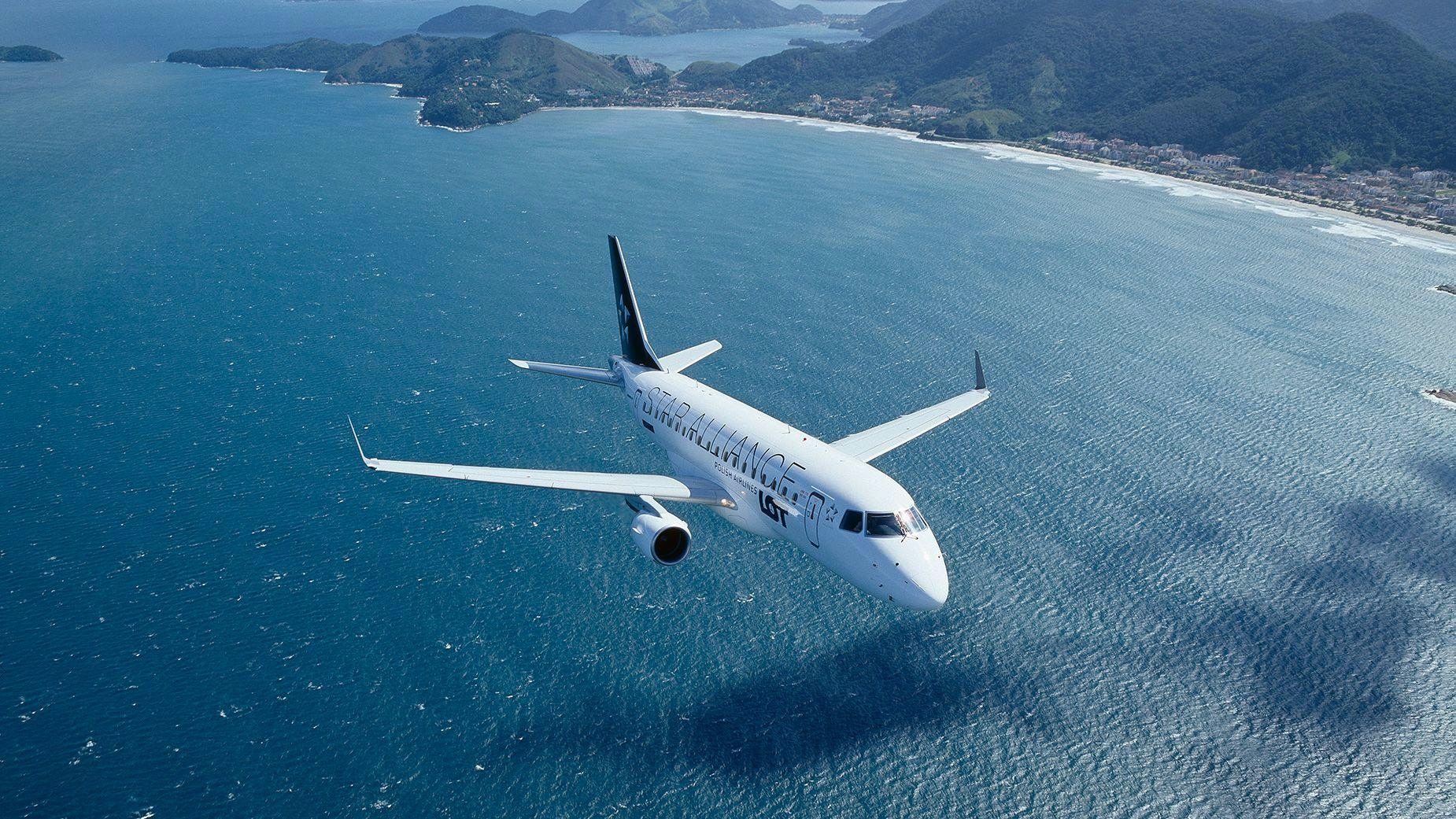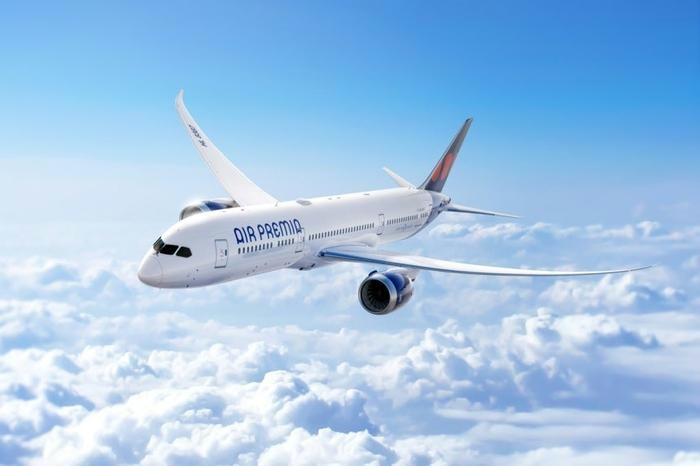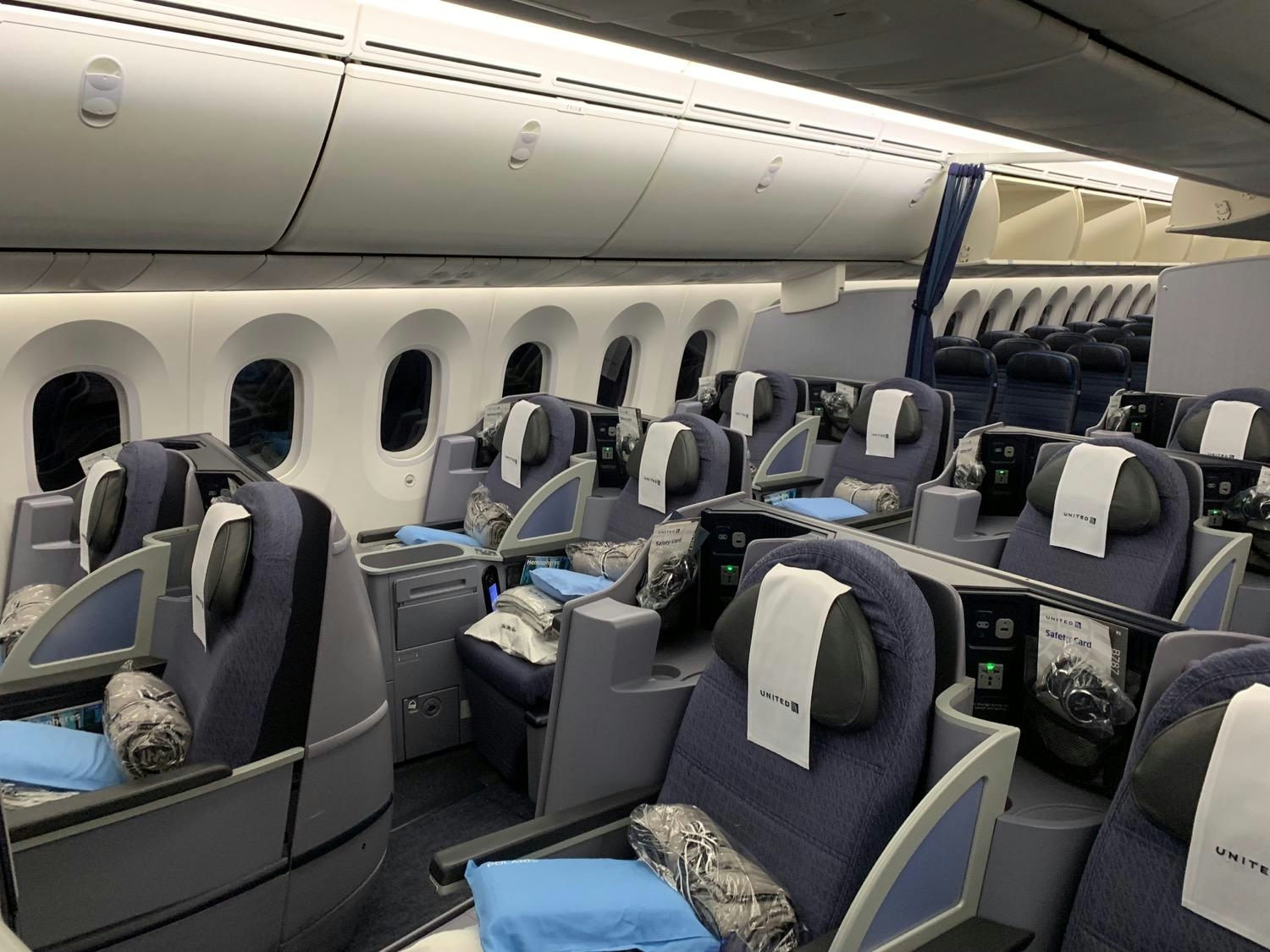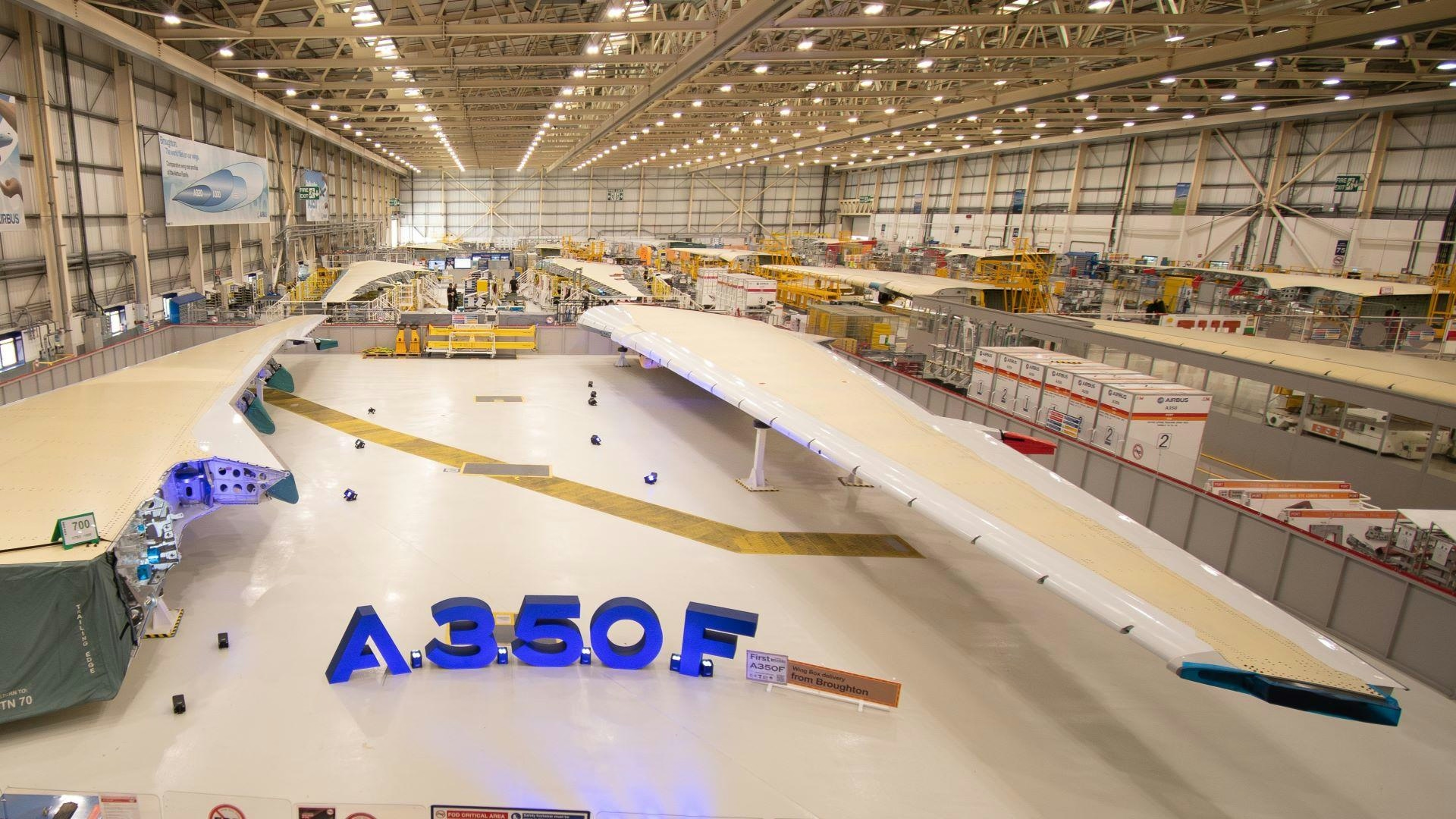
AeroGenie — Your Intelligent Copilot.
Trending
Categories
Long-Range Narrowbody Jets Unlikely to Diminish Middle Eastern Demand

Long-Range Narrowbody Jets Unlikely to Diminish Middle Eastern Demand
Persistent Preference for Widebody Aircraft
Airbus asserts that the Middle East’s strong preference for widebody aircraft will continue unabated, even as long-range narrowbody jets increasingly enter long-haul route networks. In its latest 20-year forecast, the manufacturer projects that the region will receive over 4,000 new aircraft by 2044, with widebodies comprising 42% of these deliveries. This enduring demand reflects the unique operational characteristics and market dynamics of the Middle East.
Grainne van den Berg, Airbus’s head of marketing for Africa and the Middle East, described the region as a “unique story” in terms of widebody demand during an event at the Dubai Airshow. She highlighted the presence of “large global connectors” and consistently high-demand routes as key factors underpinning this preference. The Middle East’s appetite for widebodies is further illustrated by Emirates’ previous deployment of the Airbus A380 on its Dubai-Kuwait route—a short flight lasting just 1 hour and 45 minutes. Gabriel Semelas, Airbus’s president for Africa and the Middle East, noted that such usage is rare globally, underscoring the region’s distinctive operational patterns. Although Emirates has since replaced the A380 with the A350-900 on this route, the example remains indicative of the Middle East’s widebody-centric strategy.
Complementary Role of Long-Range Narrowbodies
Despite the growing introduction of advanced long-range narrowbody models such as the A321LR and A321XLR, Airbus views these aircraft as complementary rather than substitutive to widebodies. Van den Berg emphasized that while these narrowbodies enable airlines to launch new services and expand their networks, they do not reduce the fundamental demand for larger aircraft. Etihad Airways, for example, began incorporating A321LRs into its fleet this year, promoting them as offering “widebody comfort on a single-aisle aircraft.” This approach reflects a strategic use of narrowbodies to enhance connectivity without displacing widebody operations.
Growth Prospects and Market Outlook
Airbus forecasts that the Middle East’s regional aircraft fleet will more than double over the next two decades, expanding from 1,480 aircraft at the end of 2024 to 3,700 by 2044. This growth is supported by a robust compound annual growth rate of 4.4% in passenger traffic, driven by factors such as economic diversification, increased infrastructure investment, and improved regional connectivity.
Looking ahead, several Middle Eastern routes are expected to rank among the world’s 20 busiest traffic flows by 2044, particularly those linking the region to Western Europe and the Indian subcontinent. This outlook reinforces the view that, despite the increasing presence of long-range narrowbodies on long-haul routes, the Middle East’s demand for widebody aircraft will remain a defining characteristic of its aviation market for decades to come.

Emirates to Install Starlink for Free Onboard Wi-Fi Starting November

Material Support for GAMIT Reaches Record High

Pratt & Whitney Produces Enough Engines for Airbus to Meet 2025 Delivery Goal

Air Premia Adds Fourth Spare Engine to Improve Operational Safety

CDB Aviation Leases Two 737 MAX 8 Jets to Ethiopian Airlines

EU Proposes Draft Rules for AI Use in Aviation

ST Engineering Sells 49% Stake in Shanghai MRO Joint Venture to China Eastern Airlines for 680.5 Million Yuan

United's Dreamliner Trio: Unveiling The Top Routes For Each 787 Variant

Airbus Wins Air China Cargo Order for Six A350F Freighters
